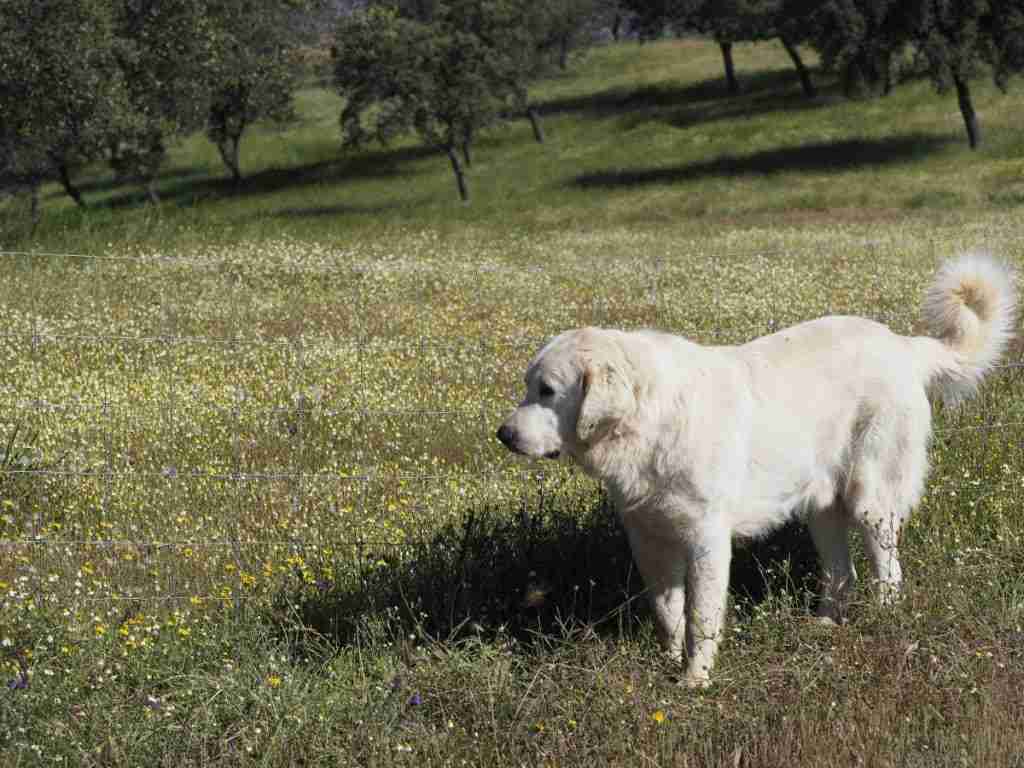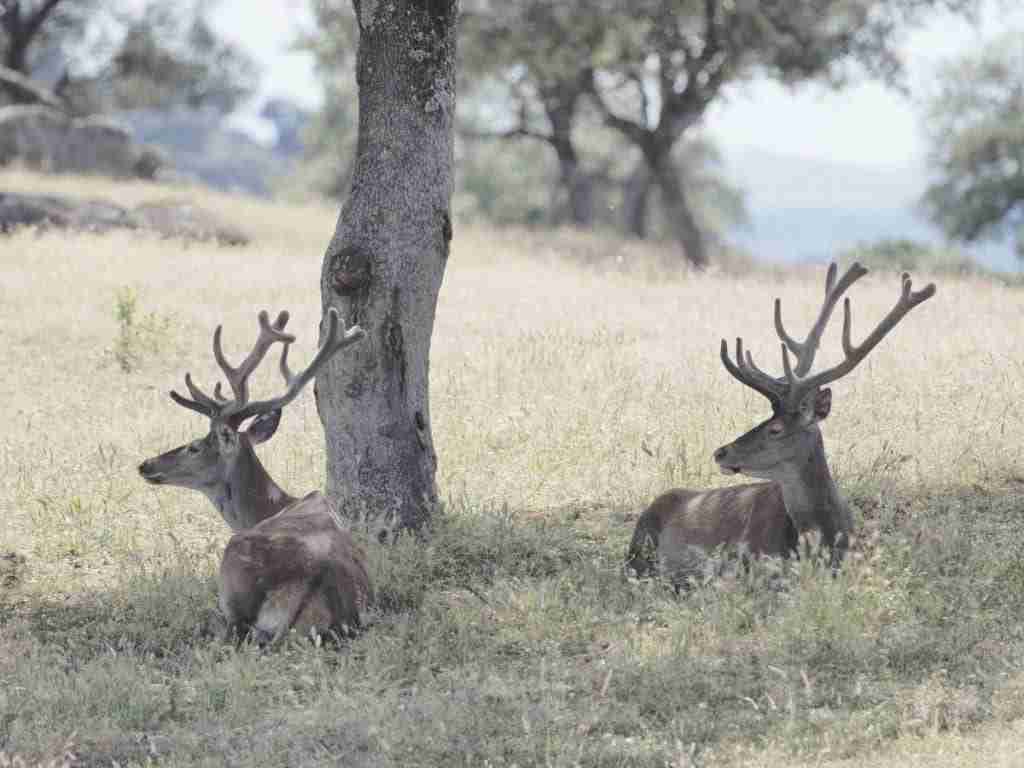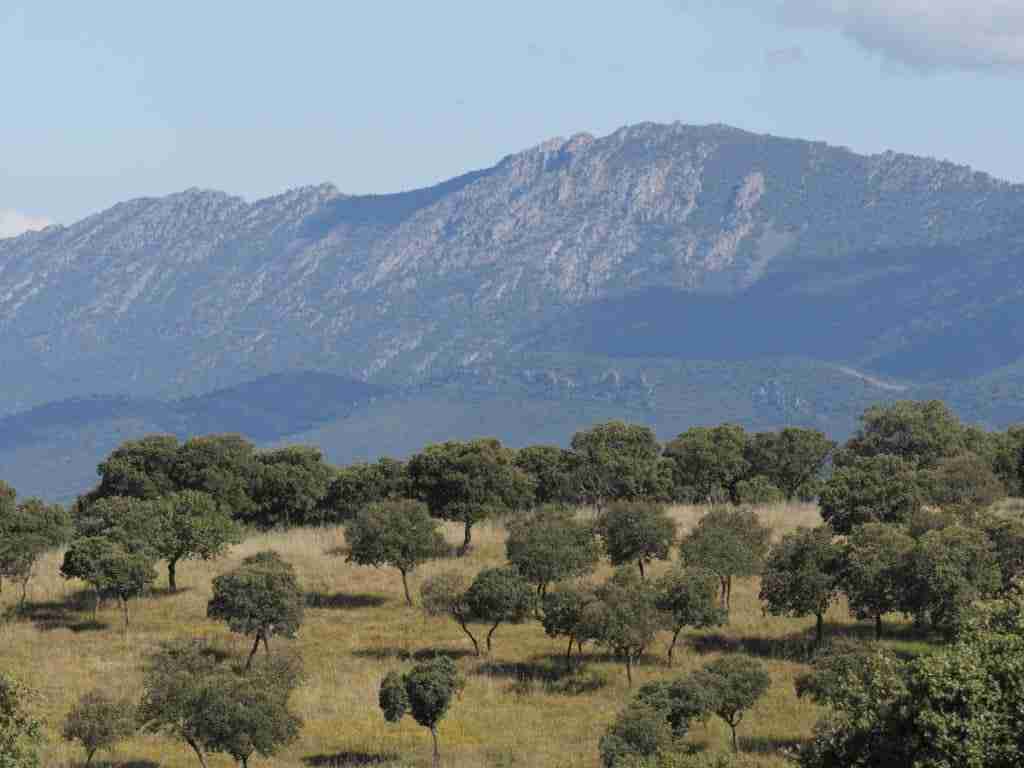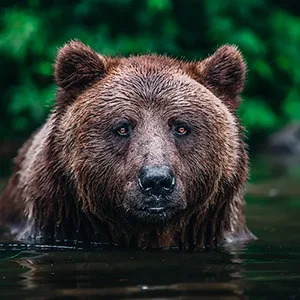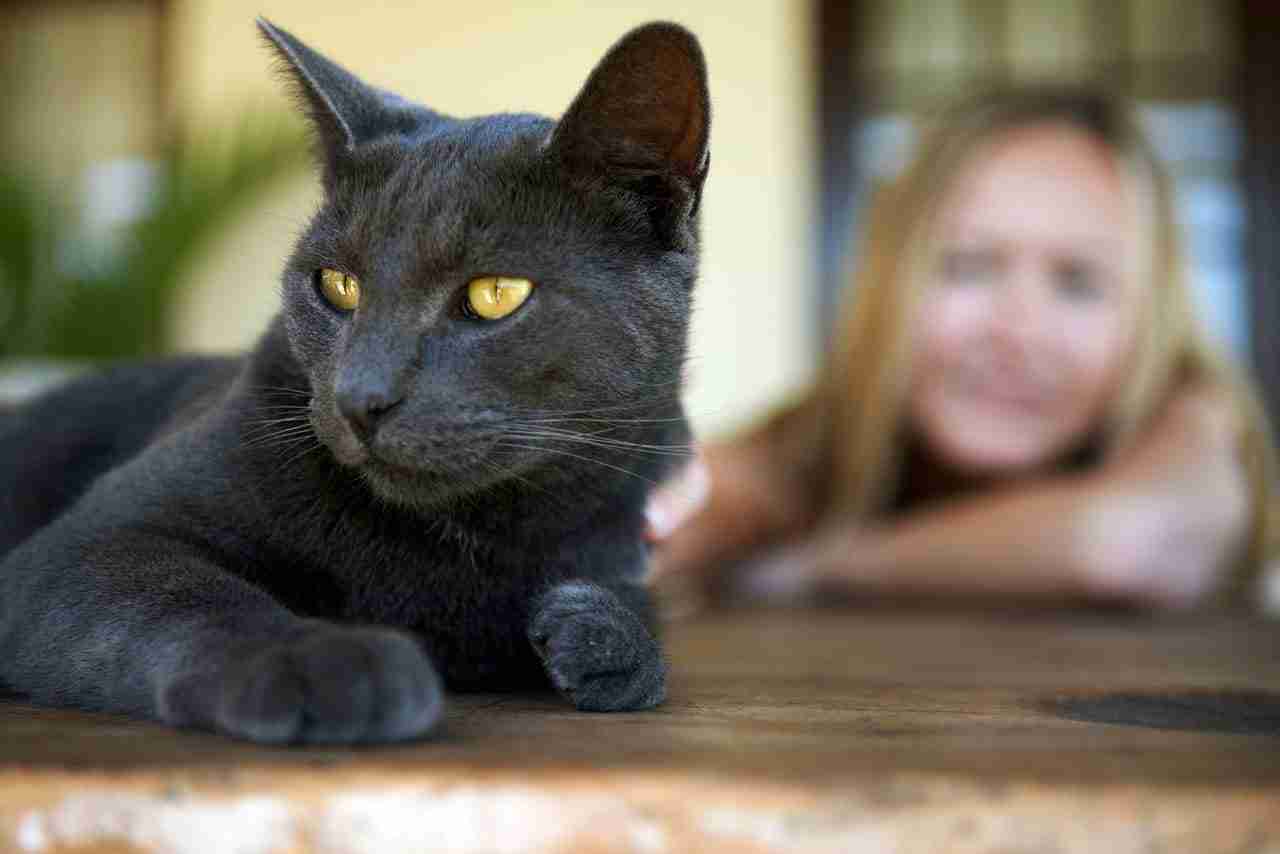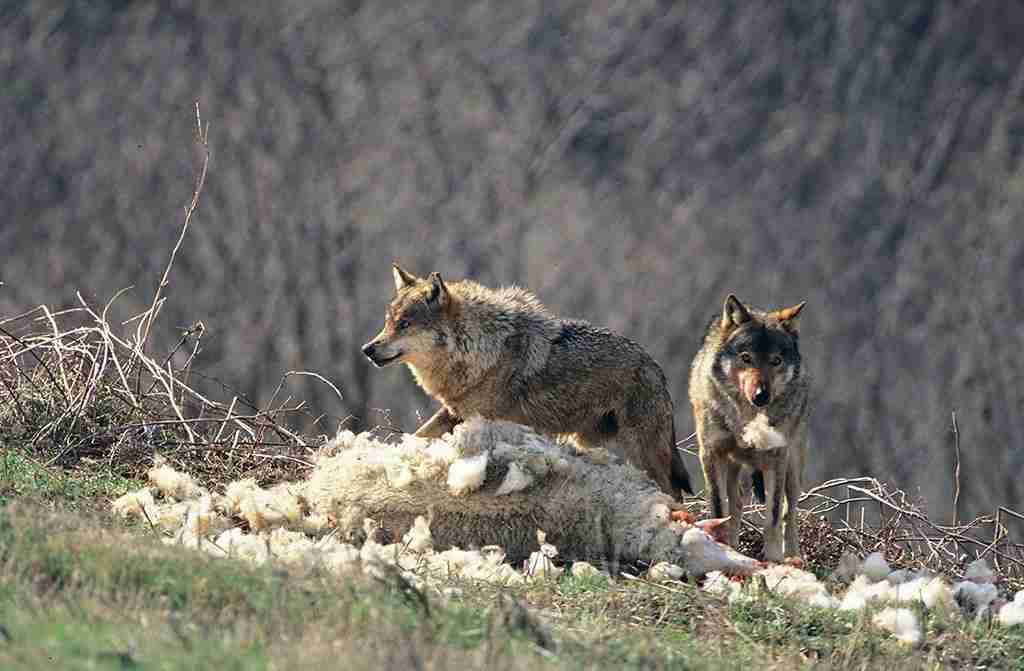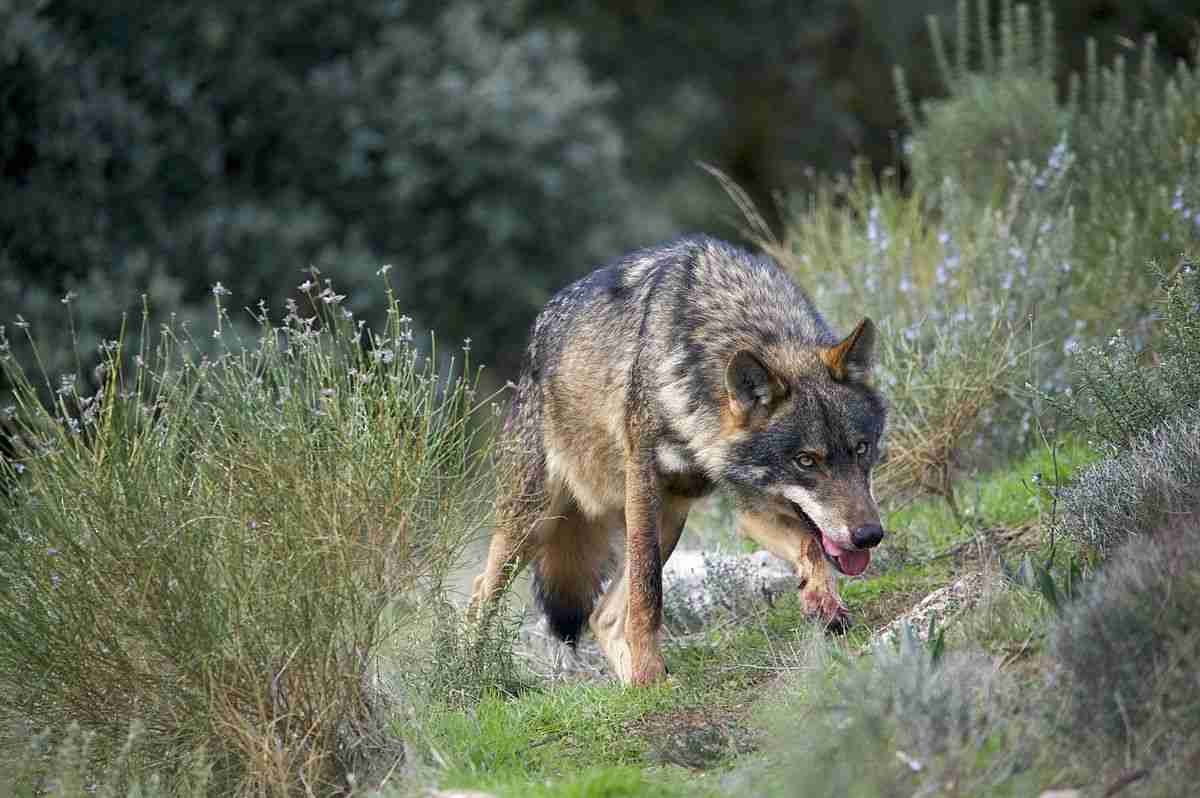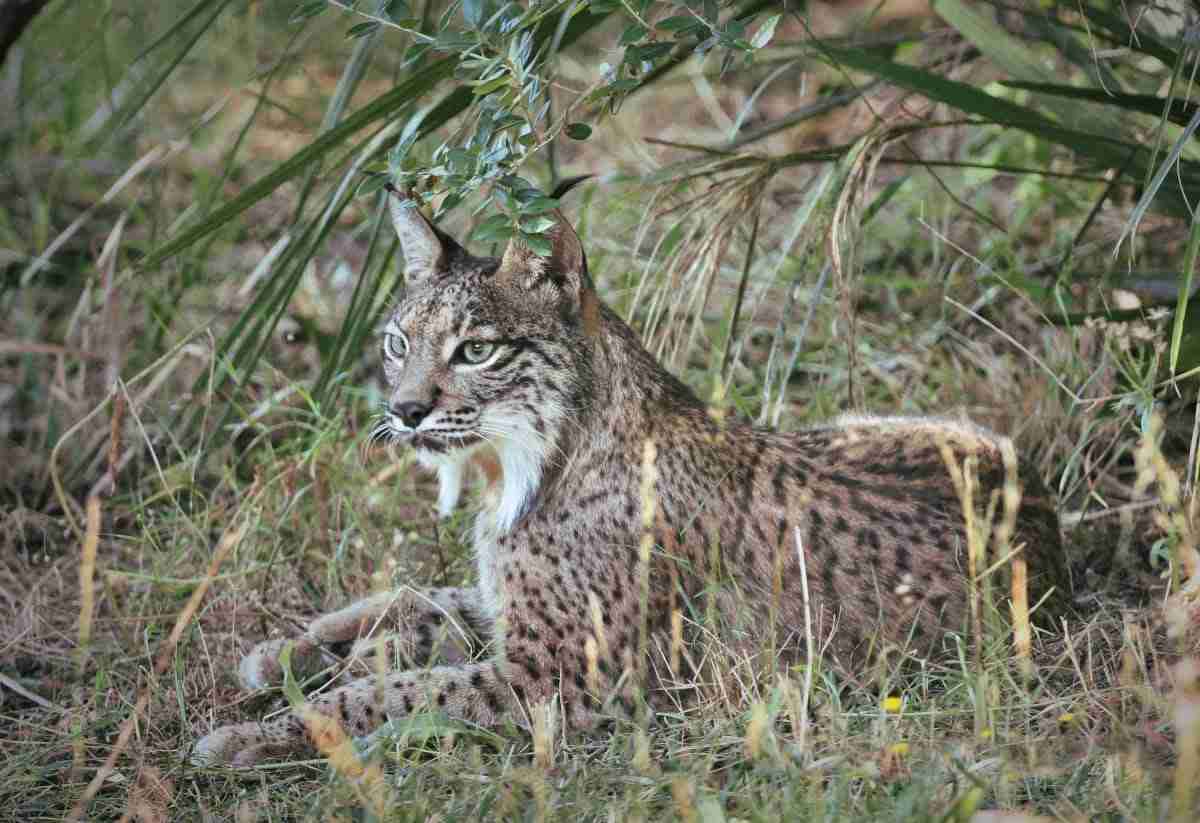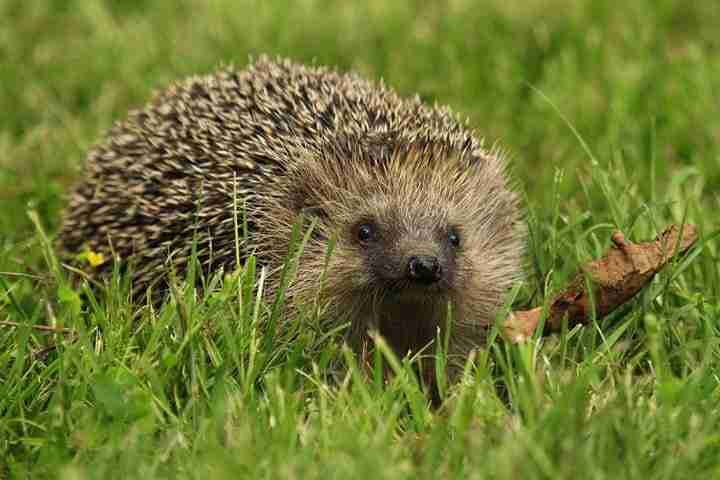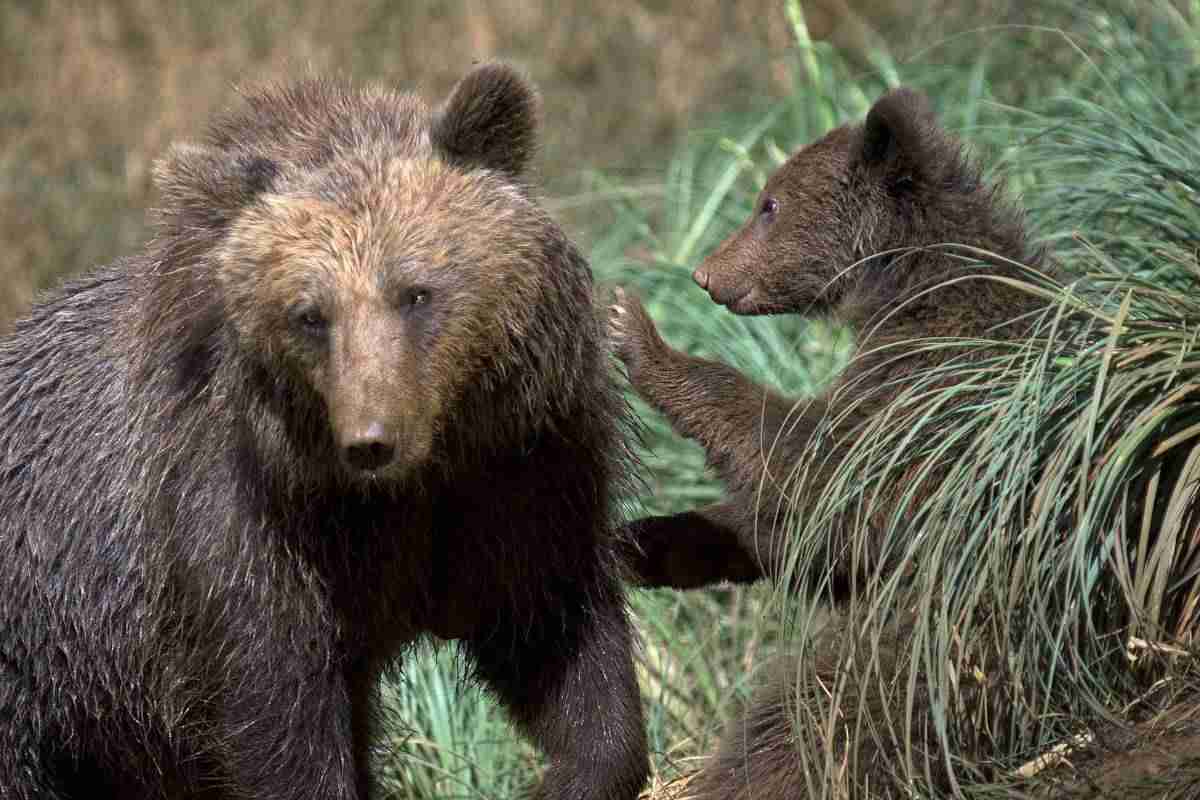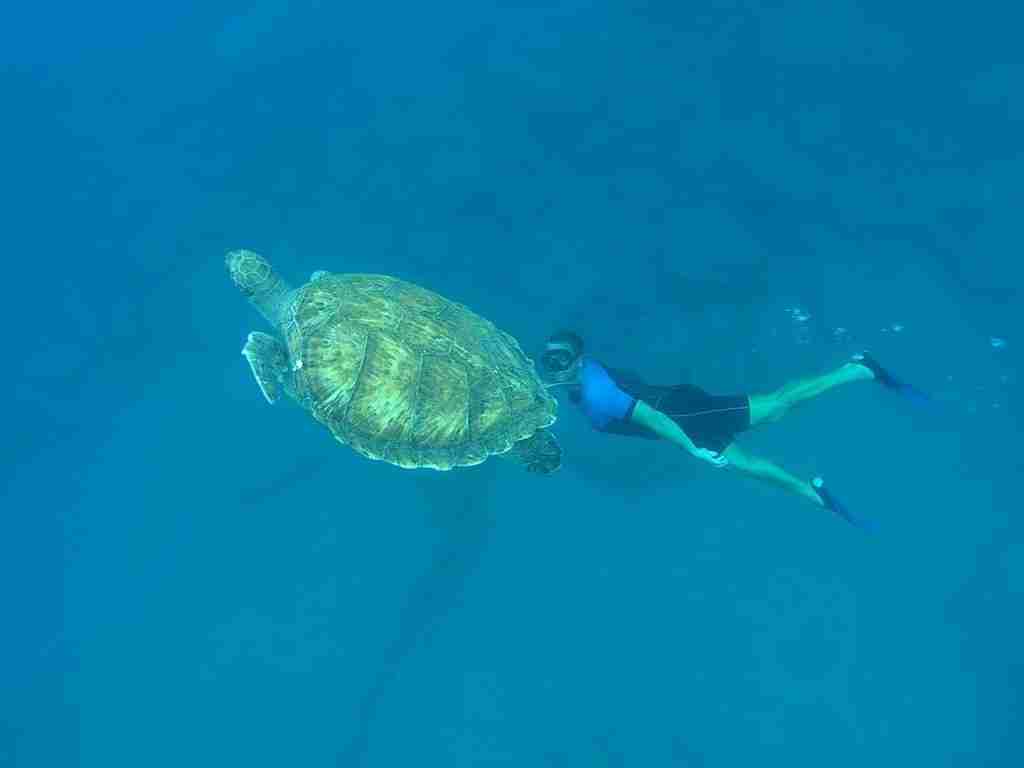Farmers&Predators - the Spanish "dehesa", among lynx, wolves and birds of prey

Respected naturalists and wildlife photographers, Angelo Gandolfi and Elisabeth van Lersel, embarked on a journey through southern France, Spain and Portugal, discovering large predators, such as wolves, and looking at their impact on the environment and the human communities sharing the same ecosystems. Here's what they write in part four of their diary extract.
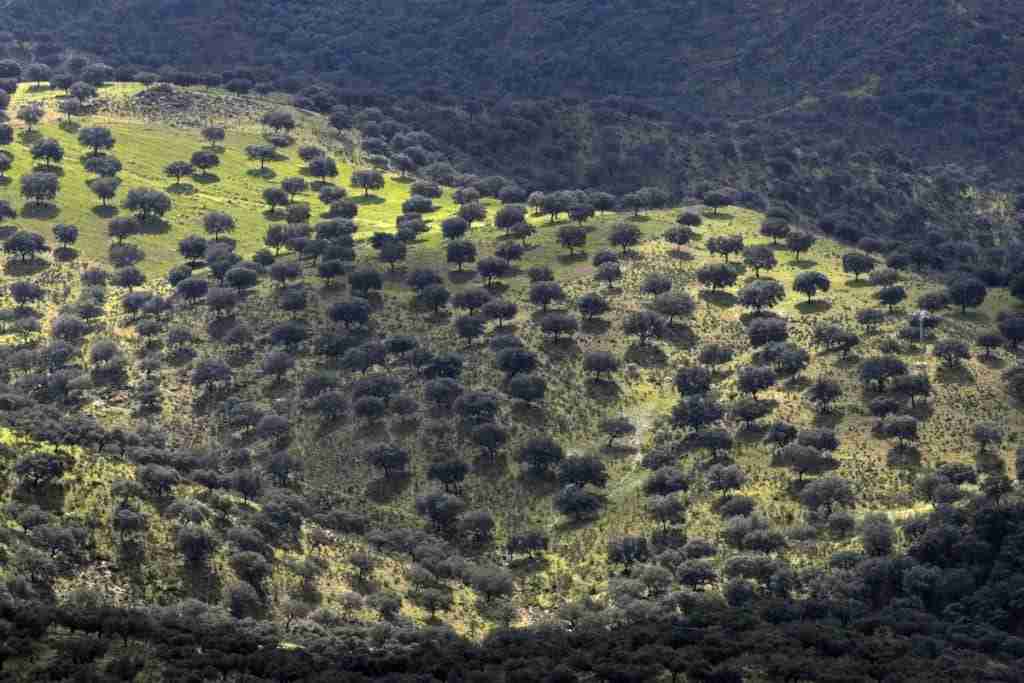
A small “industrialised" region
The Iberian Wolf, which we talked about in part 3 of our travel diary extract, has arrived in Estremadura along the ridge of the Sierra de Gredos mountain range west of Madrid, but appears to have stopped there. To progress further, it will certainly have to face the particular land management and farming regime in the region.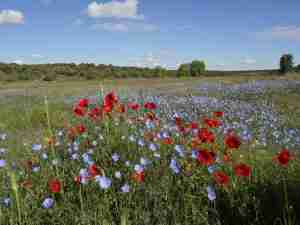
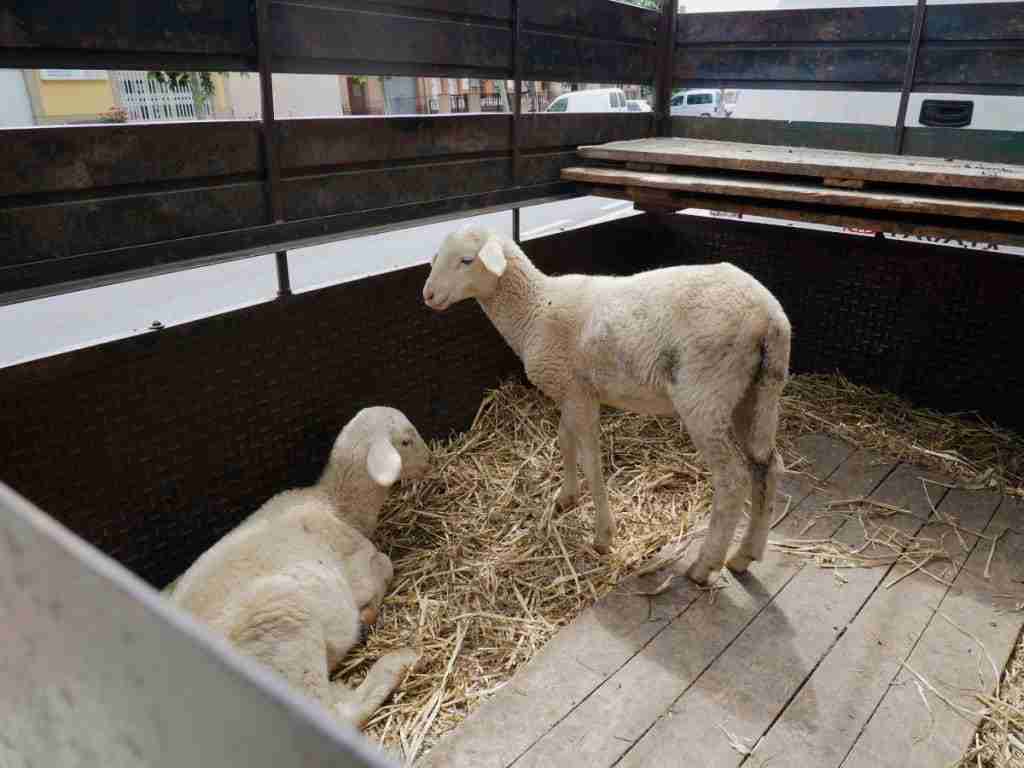 |
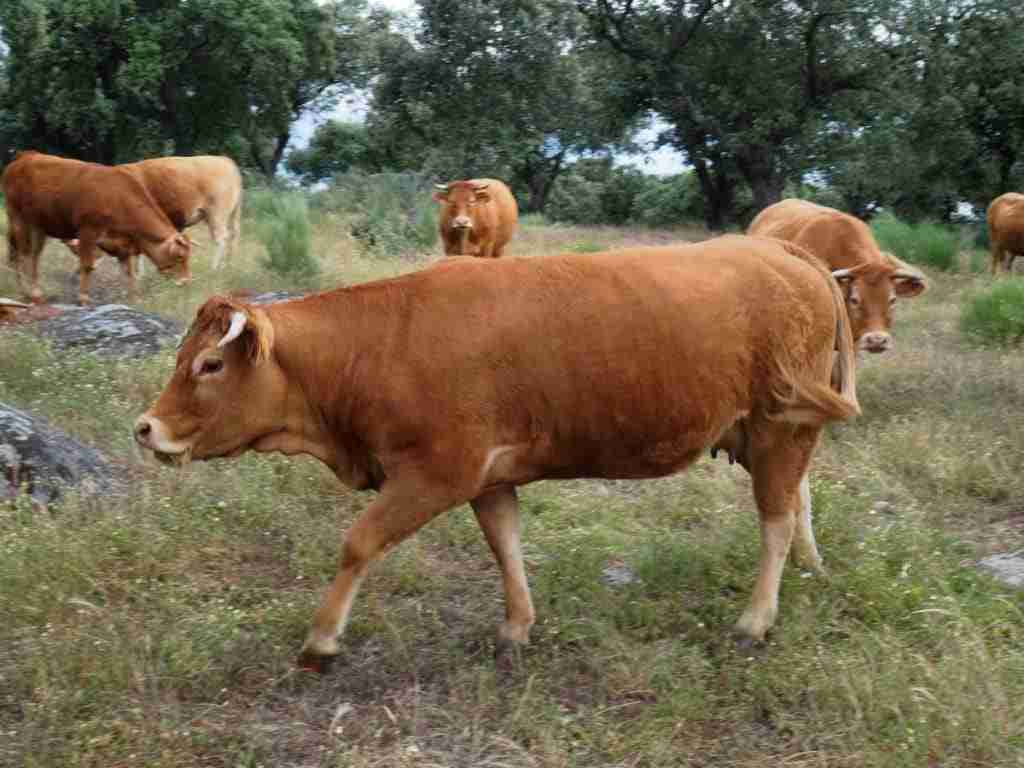 |
The Salto del Gitano – the home of great birds of prey
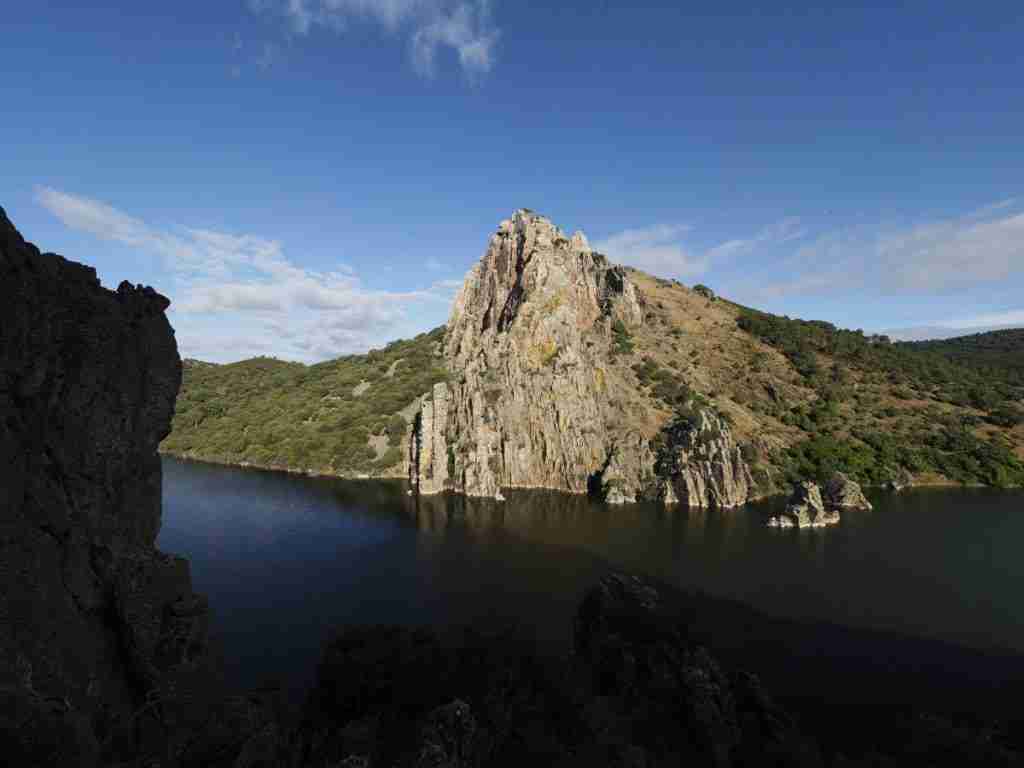
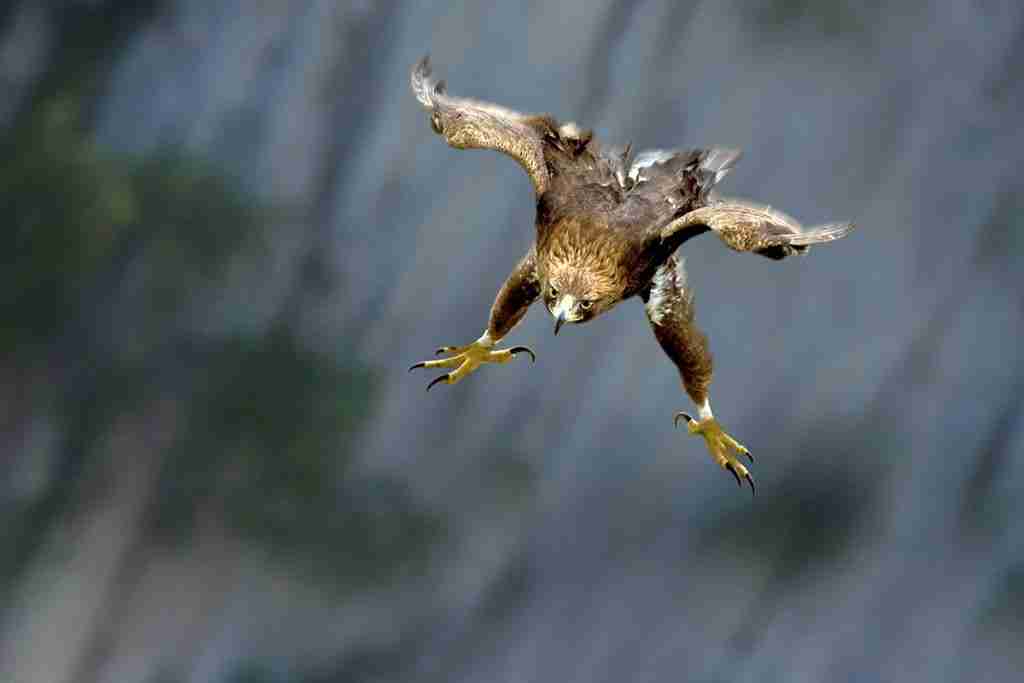
|
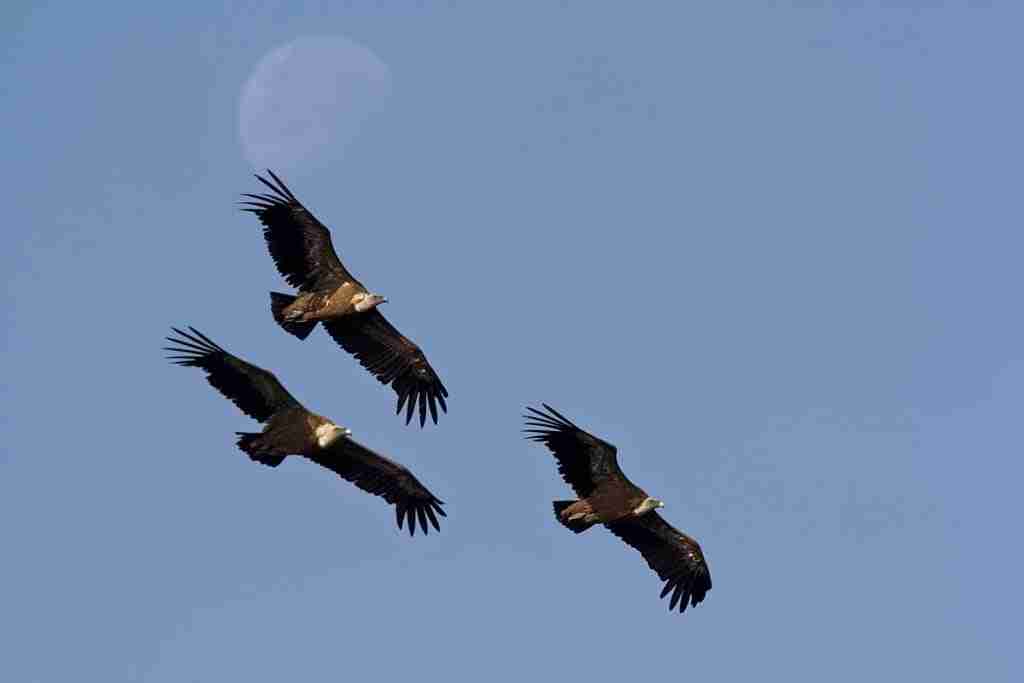
|
Tough times in the dehesa for the wolf and other animals…
However despite the positive climate in Spain, the dehesa isn't wolf-friendly; there is wide use of fences, traditional low stone walls, wire mesh and barbed wire, so pets, cattle or sheep can't get out, but the wolf could get in, and in that environment, it wouldn't have any means of defense.There are also many natural protected areas, but they aren't very extensive. For instance, the Monfragüe national park, where deer graze, covers only 44 acres.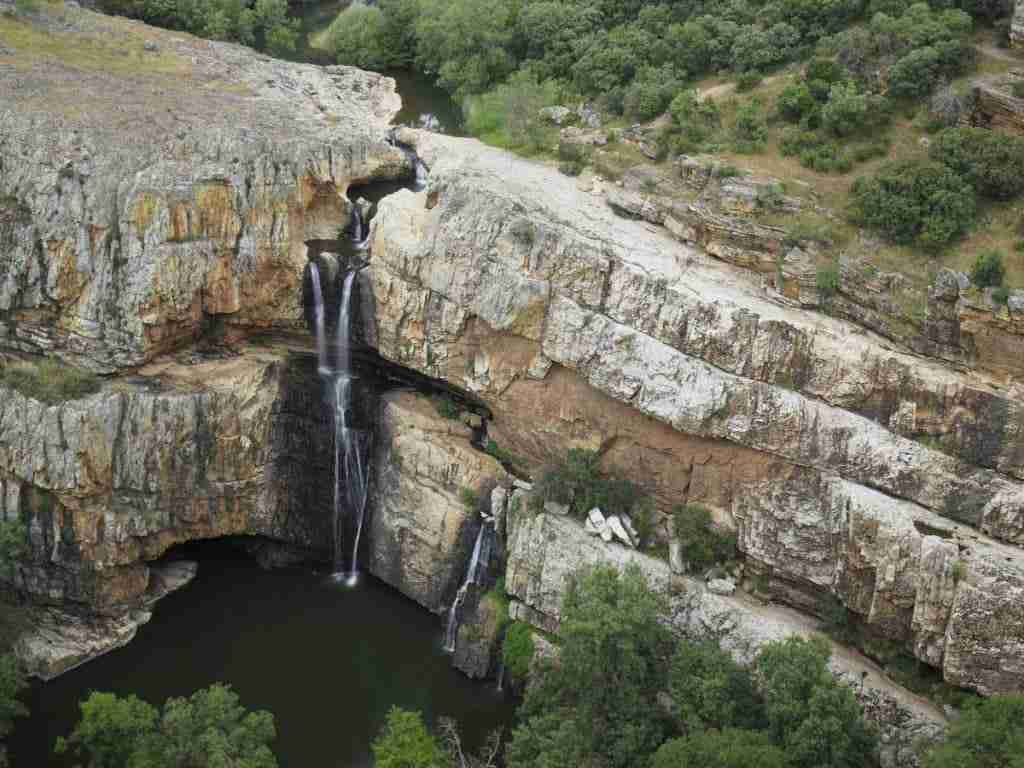
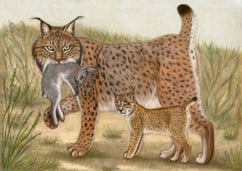
|
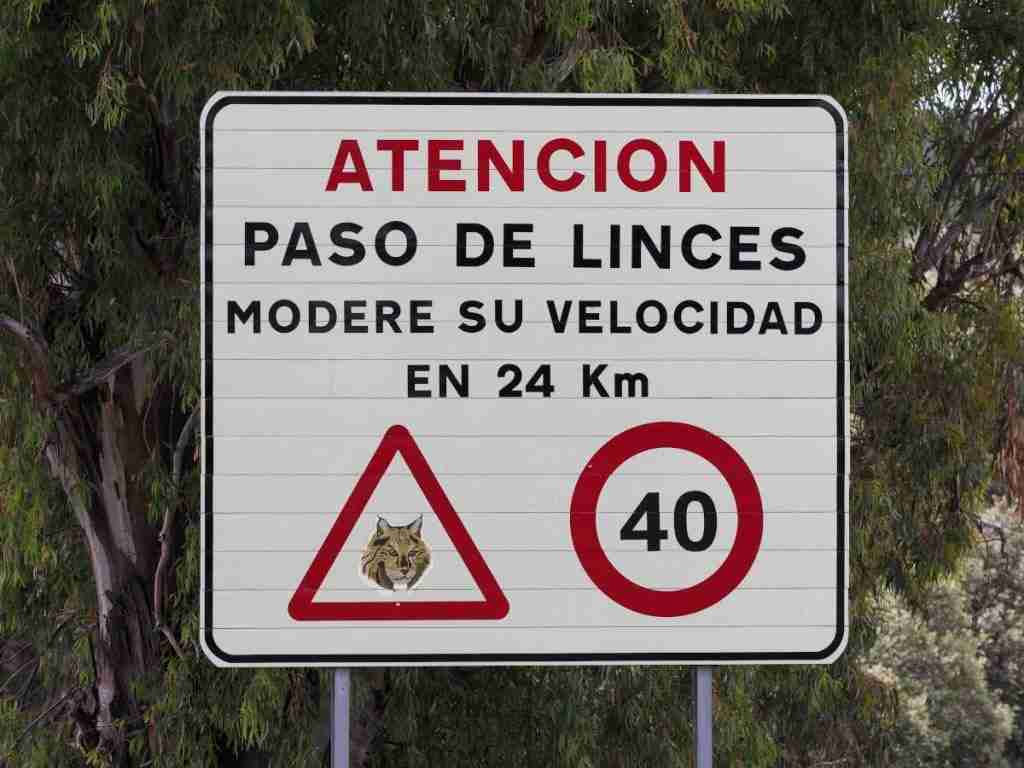 |
